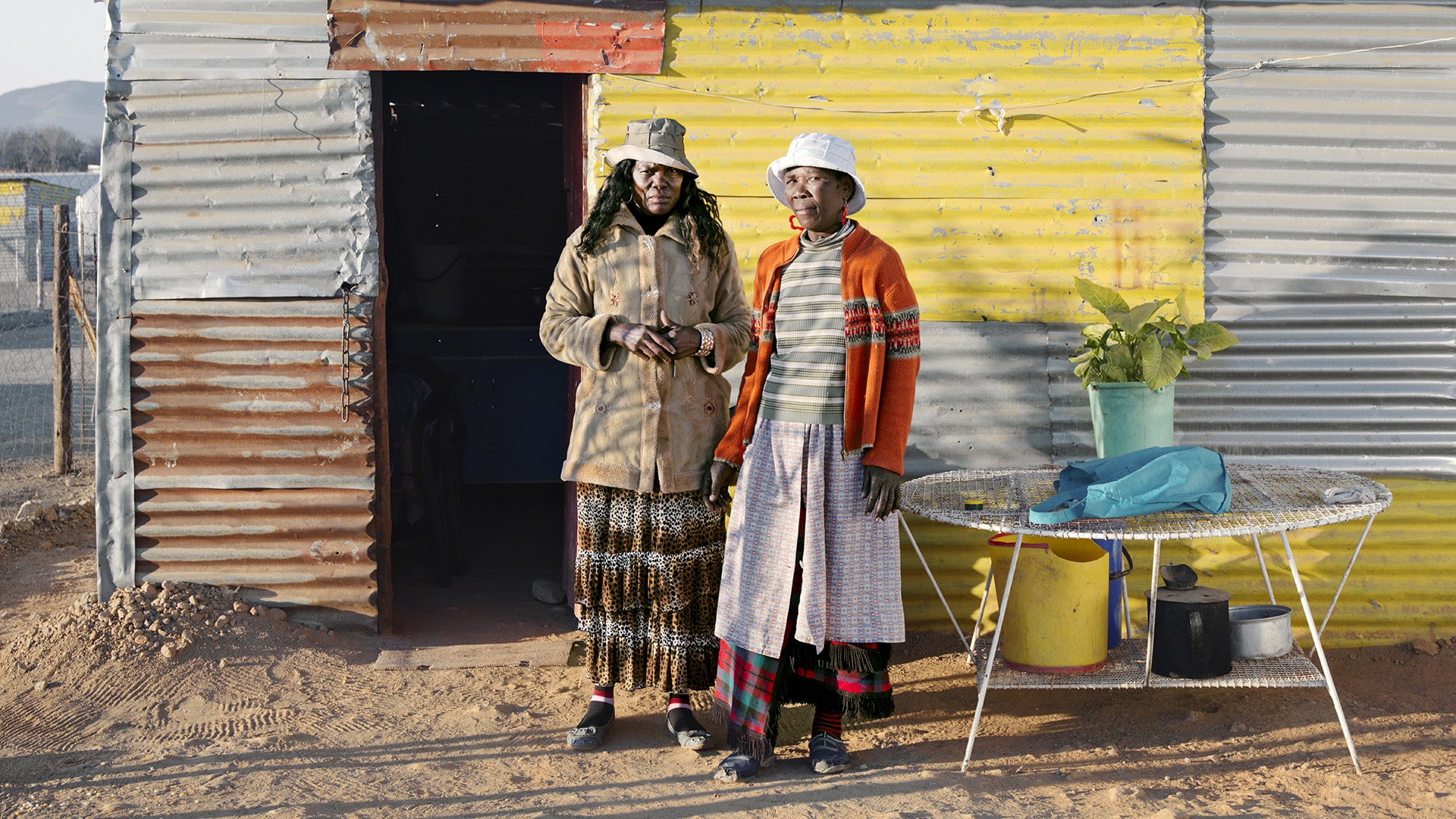A photoreporter for major magazines, Philippe Chancel spent a number years exploring sites that had fallen prey to world’s upheavals. This activity gave rise to Datazone, an immense and timely project which Chancel carried out in China and the United States, as well as Africa and Europe. On the 50th anniversary of the Rencontres d’Arles, the project will be presented to the public for the first time in its entirety.

You’re getting blind.
Don’t miss the best of visual arts. Subscribe for $9 per month or $108 $90 per year.
Already suscribed ?



